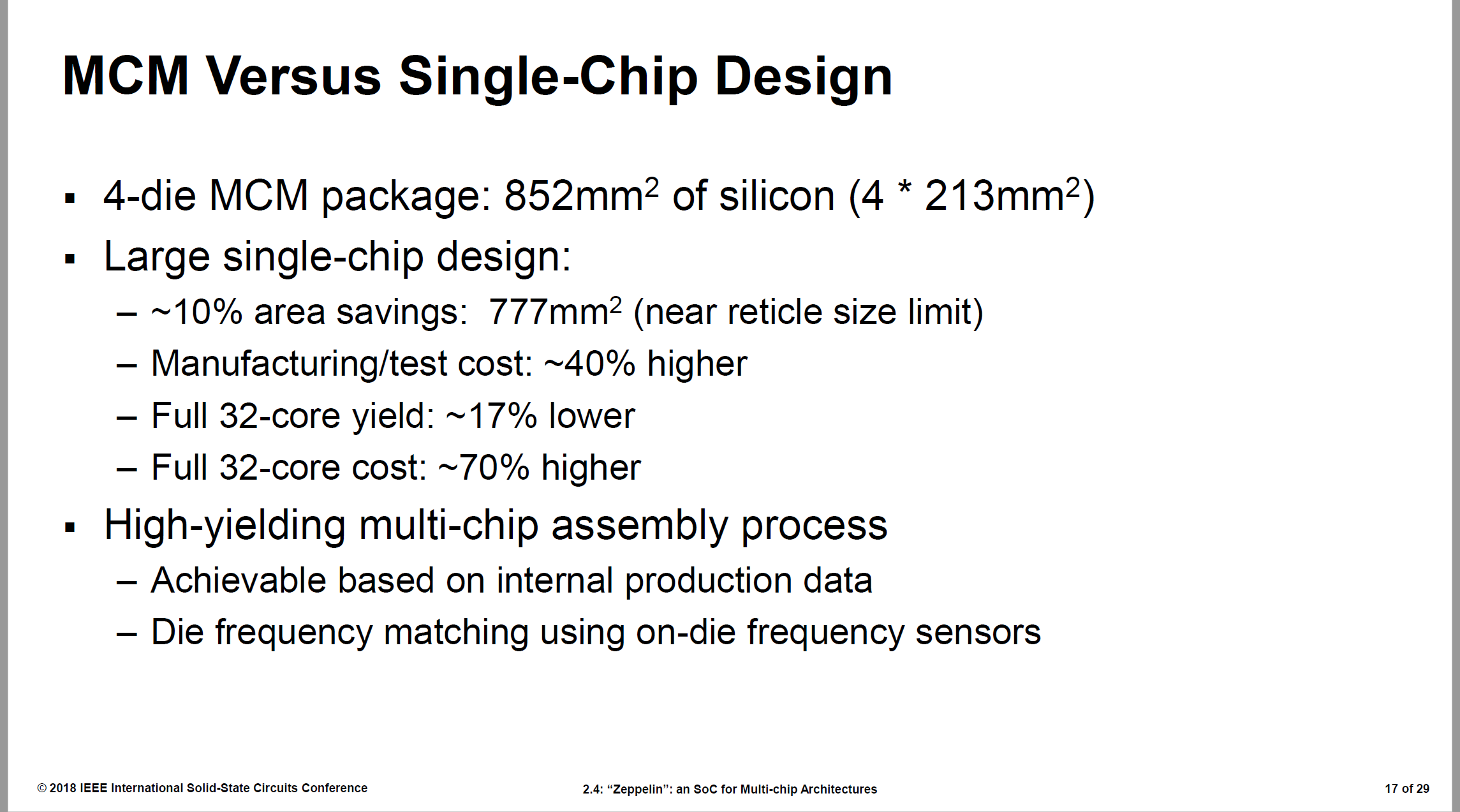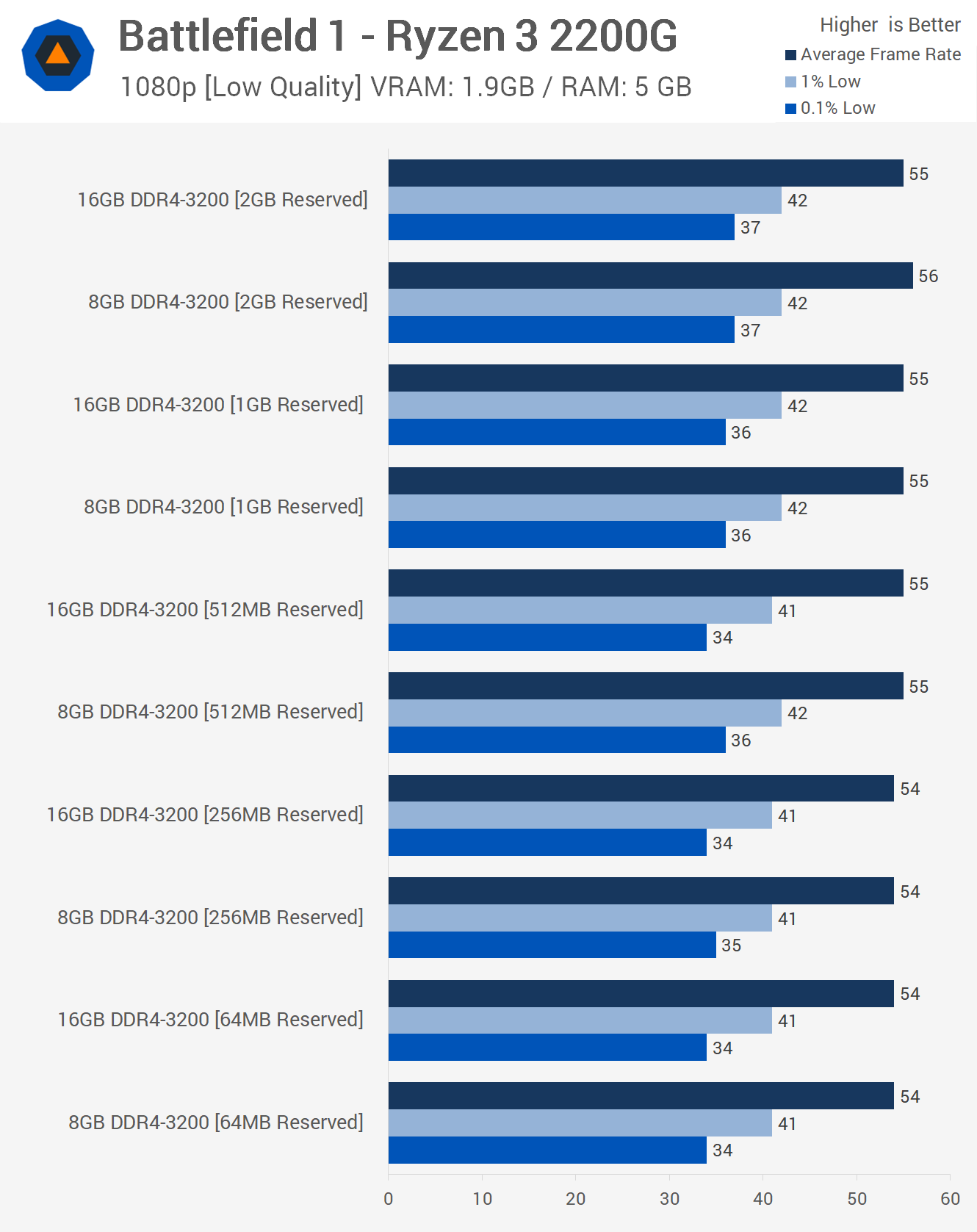So you want to build a PC using AMD's new
Ryzen processors with Vega graphics. You buy a motherboard, processor, some extraordinarily expensive RAM, and all the other bits and pieces you need to construct a PC. Open them all up at home and put them together and... they don't work.
Then it hits you. The motherboard has an AM4 socket. The processor fits the socket fine, and the chipset is compatible with the new Ryzen 5 2400G, but with a catch: the board needs a firmware update to support this latest processor. Without it, it'll only support the GPU-less Ryzens and the even older AM4 processors built around AMD's previous processor architecture, Excavator. While some motherboards support installing firmware updates without a working CPU, many don't. So you're faced with an inconvenient predicament: to flash the firmware you need a working CPU, but your CPU will only work if you can flash the firmware first.
This isn't the first time this kind of situation has occurred. In the past, both Intel and AMD have posed this conundrum. It's pretty common every time a new processor comes out that works on existing motherboards. In a few months, most motherboards in the channel should have newer firmwares installed in the factory, solving the problem, but right now, buyers are stuck. The usual response from the chip companies is accurate, if unhelpful—"go out and buy the cheapest processor that's compatible, use it to flash the firmware, and then use the new processor"—and that would work here, too, but it's hardly a user-friendly response.
For these new chips, however, AMD is stepping up to help out. Follow the instructions on the company's
support page and the company will send you what it calls a "boot kit" to flash your firmware. What that actually means is that you'll get a free CPU—a dual core A6-9500, which is probably the cheapest, slowest CPU with integrated GPU that AMD has—that you can plop into your board and flash. With that taken care of, you'll then be able to swap it out for the good chip.
Once you've got everything up and running on the new chip, you're then meant to send AMD back the temporary chip, though oddly, without its required heatsink. The heatsink isn't compatible with the Ryzen chips, so it's not particularly worth keeping, but apparently AMD has no use for it either.







